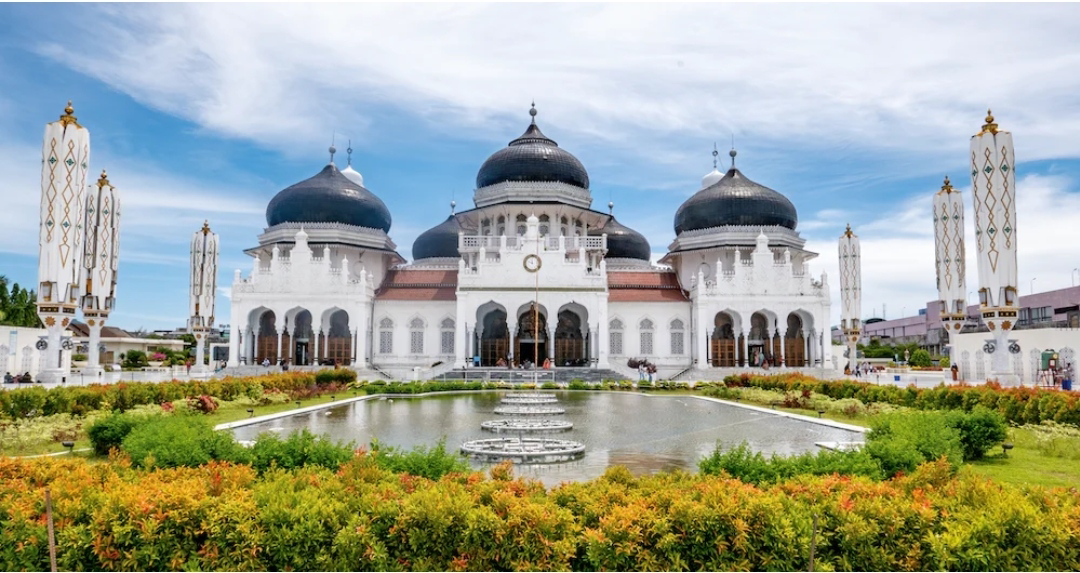The Mad Lover by Sisir Kumar Das
The Mad Lover
- by Sisir Kumar Das
Sisir Kumar Das was a poet, playwright, essayist, translator and an academic scholar. He was one of the pioneers in introducing Comparitive Literature. Ameya Dev calls him, “a scholar of the purest water”. The ephithet 'The Mad Lover' describes a person who is deeply and passionately in love. In this essay Sisir Kumar Das illustrates the mad frenzy of total devotion and absorption in God through some of the well known Bhakti poets of the medieval period.
Bhakti Movement:
Bhakti movement was a common movement revolted against the shackles of social conventions and authoritarianism of the Brahminical priests and scholars who ruled over the temples. The movement voiced the joy of liberated spirit. There was an abundance of emotion, music, dance, and poetry as a mode of worship, discovery of power. The God appears as a child and at times as friend and as lover longing to meet his beloved.
Bhakti Poetry:
Sisir Kumar Das illustrates the mad frenzy of total devotion and absorption in God through some of the well known poets of the Bhakti poets of the medieval period. Bhakti poetry is a lyrical poetry which expresses personal emotions or feelings spoken in the first person. The poet is presented as a mad lover. God is lose to their heart even for the common man. The Saiva saints of Tamilnadu (worshippers of Lord Shiva), Chaitanya and Meera are good examples of poets who used dancing as a mean to express their ecstasy. The Malayalam poet Ezhuttachachan is often called kallukudiyan (a drunken man). Kabir’s song describe the frenzy of his divine love. Many woman poet-saints like Andal and Mahadeviakka from South India expressed their love for God.
The Sufi Movement:
The Sufi Movement was a socio-religious movement of the 14th to 16th century. This movement arose at the Middle East and travelled to India. Sufism revolted against the reduced spirituality of the Quran to a rigid legal process because of Islamic priests and military expansion. The Sufi wore garments of wool (suf). They consider only source to reach God is through love. Tara Chand Says,
“Sufism indeed was a religion of intense devotion, love was it’s passion; poetry, song, dance, it’s worship and passing away in God it’s ideals”.
Sufi Poetry
Like the Bhakti poet the Sufis considered God as a personification of love and compassion. They readily submit to God and built their devotion on the idea of beloved lover. The mystic madness felt in the Sufi is same as that of Bhakti poetry. Sufi woman poet, Rabi refused to accept any one as her lover except God. Sufi tradition was woven into Indian religious poetry.
Similarities between Bhakti Movement and Sufi Movement:
Bhakti and Sufi movement emphasized the importance of personal devotion to God. Both believed to connect directly with God. Their preaching was showering love for all the humanity. Sufi poetic tradition intermingled with Indian poetic tradition. Both had the ritual of dancing and creating an atmosphere of delight and rapture. By chanting the name of God they reached the state of uncontrollable excitement.
Conclusion
Thus the fusion of the Sufi tradition and the Bhakti movement created a new symbol in Indian poetry and religious life. Sisir Kumar shows how Sufi poets and Indian religious poets were one in their intensity of love for God. The essay The Mad Lover explores the basic ideas of Bhakti and Sufi movements.




Comments
Post a Comment